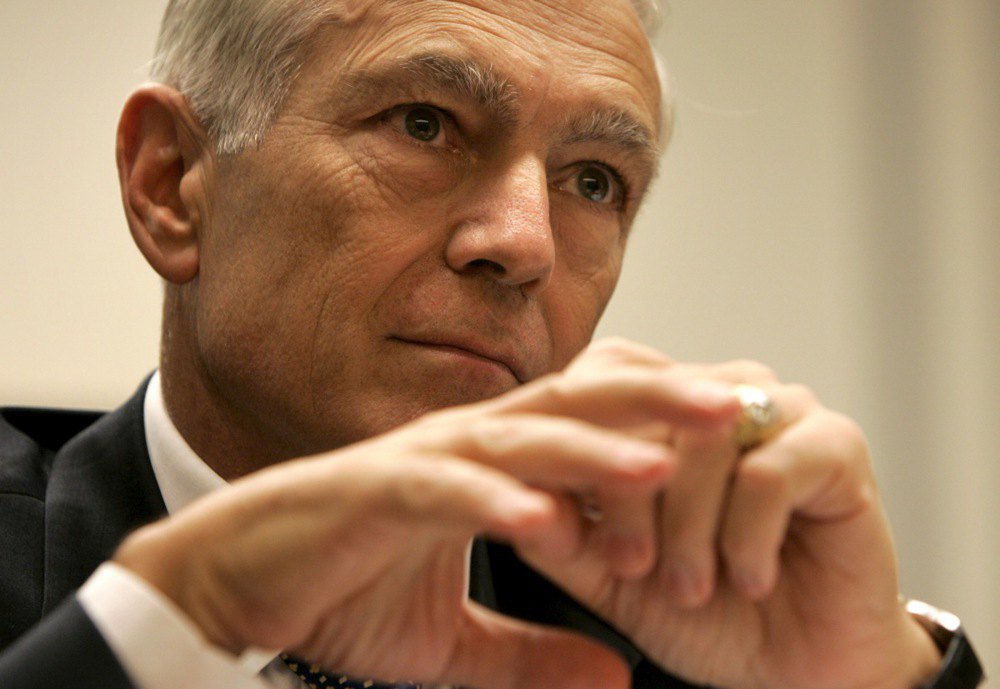
“The situation around Taiwan directly depends on what’s happening in Ukraine.”
At the beginning of this year, you said that ‘Ukraine’s defeat could trigger conflicts in other parts of the world.’ Which conflicts did you mean specifically?
I believe China is watching events in Ukraine very closely. It has become increasingly confident, its armed forces have grown far stronger, and it’s now looking toward Taiwan as it decides what exactly it wants to do.
The United States is currently trying to deter China — to prevent it from attacking Taiwan or imposing a blockade around the island, which would, in effect, force Taiwan to surrender. You might ask how U.S. support for Ukraine is connected to deterring conflict in the Pacific. But in fact, it matters a great deal.
Do you think a conflict over Taiwan will actually happen? Are you certain of that?
I think it will be difficult for President Xi not to take some action to demonstrate China’s growing dominance in the world. What form that will take — that’s another question. It could be Taiwan. Or it could be something else. It doesn’t necessarily have to be a military move. But China has long sought to reclaim what it sees as its rightful place in the world.
For 4,000 years, China led human civilisation. It was the source of most of the pre-industrial inventions later used in Europe — gunpowder, the compass, navigation, trade, international commerce, and so on. Yet for the past two centuries, China has been sitting in the “back seat.” Now it wants to return — with global ambitions.
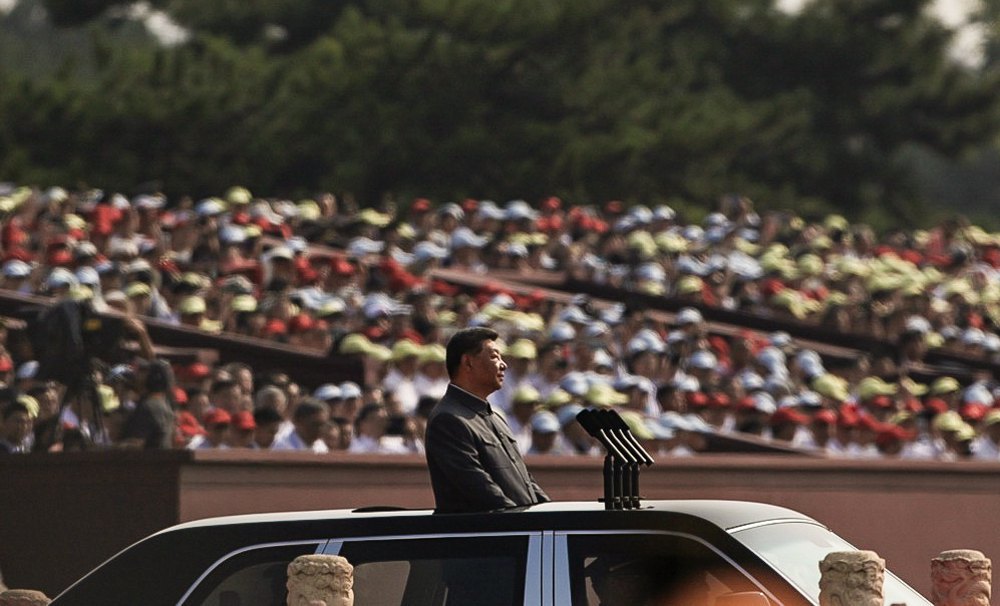
So yes, Beijing is keeping a close eye on Ukraine. Before the war began, China tried to purchase a key Ukrainian plant that produced aircraft engines (Motor Sich, in Zaporizhzhya. Its de facto owner was the pro-Russian politician Vyacheslav Bohuslayev, who has been in custody in Kyiv since autumn 2022 — ed.). That deal, as far as I know, was blocked. Now the question arises: could China step in as a mediator between Russian and Ukrainian forces at the front if peace talks were ever to begin?
As far as I know, China has its observers embedded directly inside — alongside Russian forces. Moreover, China provides assistance to Russia — technology, raw materials, spare parts and so on. It isn’t the ‘unlimited partnership’ with Russia that some call it. But… we must respect China’s capabilities, scale and ambitions.
So strengthening Ukraine’s defence, its independence and its right to self-determination is absolutely vital.
Am I right in understanding that the situation around Taiwan directly depends on what happens in Ukraine?
Yes.
Right now, do you think Ukraine is closer to defeat or to victory?
This is a very dynamic conflict that is constantly shifting. Although the front lines have mostly remained static, technologies on both sides are evolving rapidly, and each side is fighting for battlefield advantage.
But Vladimir Putin has three principal approaches:
First — the demoralisation of Ukrainian society. He pursues this through brutal and unlawful attacks on civilians: hospitals, kindergartens, public institutions, shopping centres, trains, and so forth. These are deliberate actions intended to break the morale of the Ukrainian people.
Second — diplomatic efforts aimed at deterring the West from providing further support to Ukraine. He carries out this activity directly toward the United States, and also through his agents and sympathisers in Europe. He interferes in elections via social media. He finances his allies. He conducts hybrid warfare in the ‘grey zone’. Continuously, he seeks to fracture European unity and weaken ties between the US and Europe.
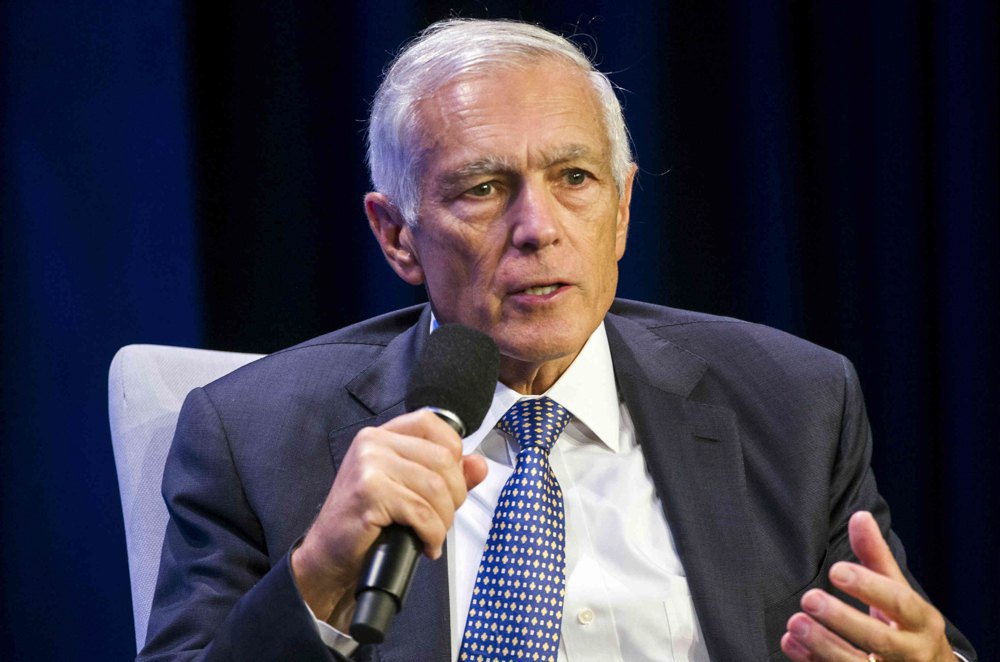
His objectives, as far as I can judge, have not changed: he wants all of Ukraine and the Baltic states. In 2022 he believed he could engineer a coup, destroy the Ukrainian government, bypass Ukrainian defences in the Donbas, provoke panic and force Ukraine to capitulate.
Of course, Russia never uses military force without accompanying diplomacy. The demands raised during the talks in Istanbul still form the basis of what Putin uses to pressure Ukraine: no NATO membership, maintaining a neutral status, and no Western troops on Ukrainian soil.
But militarily, his army has failed to succeed. Partly because Putin is not a general — he believed he could use his intelligence services to undermine Ukraine from within. They failed. His army is overstretched, and the old Russian concept of warfare that worked in the Second World War simply doesn’t work in Ukraine.
The idea of “throw soldiers into battle — if you’ve no weapon, pick up one from the man killed ahead of you, and if you turn back, you’ll be shot” worked for Stalin. But it doesn’t work for Putin. Because Ukraine is fighting with a completely different approach — quality versus quantity. And Ukraine has shown that it holds the advantage: in technology, in manpower, in determination, and in understanding what’s truly at stake.
In the First World War, the Russian army was never decisively broken on the battlefield. Instead, Lenin managed to destroy the chain of command, sow confusion, and appoint generals who simply wanted to stop the fighting. Yet the ordinary Russian soldier remained loyal to the Tsar — right up until the Tsar disappeared. That, in a sense, is a peculiarity of the Russian mentality. So those in the West who believe that Russian soldiers will eventually turn around and rise up against their leadership, I don’t think that’s how this war will end. I believe it will end when Putin finally realises that, despite all his sacrifices, he cannot succeed on the battlefield — and that the consequences of continuing the war will outweigh any temporary gains from prolonging it.
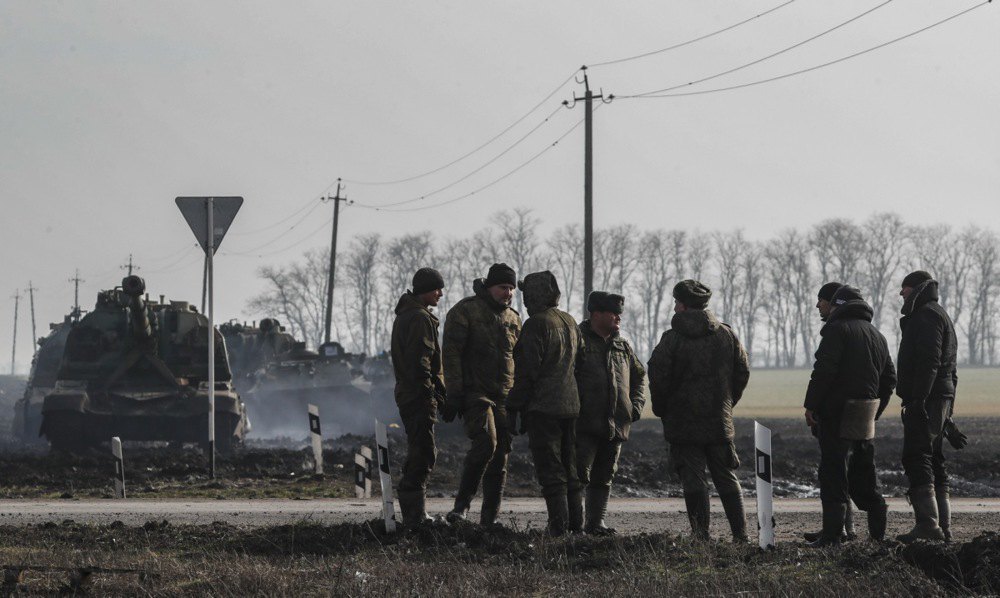
That doesn’t mean he will abandon his long-term goals. But I suspect he’s preparing for a temporary pause in hostilities at the end of the 2025 offensive campaign — a pause to regroup and restore his forces. It could last six weeks, maybe two months. That’s entirely possible. We know Russian troops are currently regrouping. We know he has already passed a law allowing him to mobilise reservists and throw them into battle. Strategically, he shows no sign of wanting to stop the war or his campaign. But that doesn’t mean he won’t attempt a tactical pause — one that might tempt Europeans to step back from their commitments to support Ukraine.
But of course, it also depends on our position — by that I mean the position of Ukraine, Europe, and the United States. If we allow Putin the opportunity to take this pause — six to eight weeks at the end of 2025 or the beginning of 2026 — he will seize it.
We don’t know his exact calculations. Perhaps he’ll propose to halt aerial bombardments earlier. The more Ukraine strikes deep into Russian territory, the greater Putin’s incentive becomes to find diplomatic ways to curb the effectiveness of Ukrainian drones — and now also of the missiles and rocket systems Ukraine can use. So yes, he might well be seeking a six- or eight-week pause to repair his oil refineries.
You know, people in the West often struggle to grasp the fine line along which a dictator like Putin blends war and diplomacy. In the United States, people tend to think in binary terms: either war or peace. But in Putin’s mind, it’s a constant struggle. Sometimes it’s fought with military means. Sometimes through intelligence operations. Sometimes through disinformation. Sometimes through diplomacy. But the struggle never truly stops.
This is a direct continuation of the Soviet approach — they inherited it from the USSR and simply refined the old imperial policy of the Tsarist era. Only now it’s done with sharper skills in covert operations and far greater brutality. That’s how I see it. And that’s why it’s so difficult to explain to Western audiences that the struggle will continue regardless of what happens at meetings in Washington, or Hungary, or wherever — no matter what document is signed.
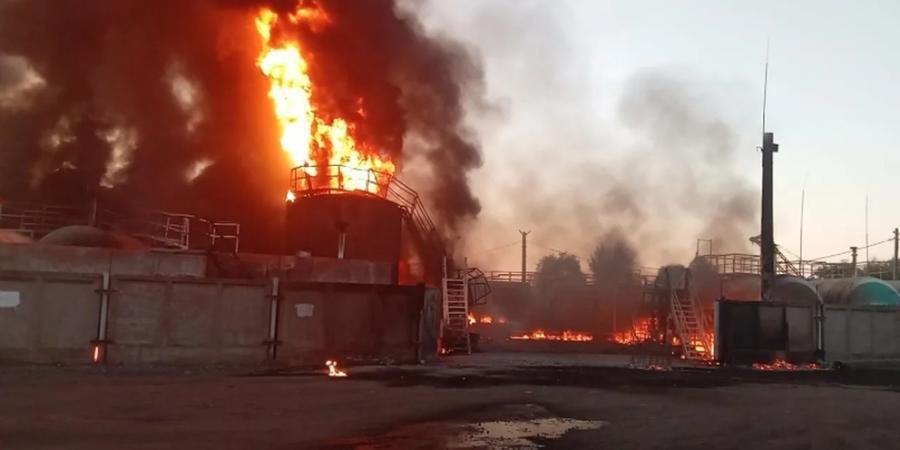
The struggle will go on, and Ukraine must remain alert at all times.
“The best preparation for a possible meeting in Budapest is to keep advancing on the battlefield.”
Does the U.S. administration understand that Putin’s goal is not just control over certain regions of Ukraine, but the destruction of Ukrainian statehood itself?
You’re asking whether Washington truly grasps Putin’s real objectives? Some do, yes. But unlike Russia, Western democracies have electoral cycles and values that inevitably foster short-term thinking. So, regardless of what the consequences might be in a year or in five, the mindset remains short-term.
Ukraine cannot afford to think that way. Unlike the West, Ukraine fully understands the relentless nature of Russia’s aims and efforts.
That’s true. What do you expect from the possible meeting in Budapest, given the broader strategic context and achievements — if it takes place at all?
Russia might say: “Let’s start new talks on strategic weapons.” Or perhaps the United States will suggest it.
Russia will also say: “You can do business with us again. We have great resources. Your businessmen will be interested.” And I think they’ll try to appeal to President Trump precisely through the lens of business.
The U.S., in turn, might respond: “Russia is an outcast in the international community, but you can return if you settle the conflict.” So, a large part of those talks won’t actually be about Ukraine — it will be about the broader strategic picture.
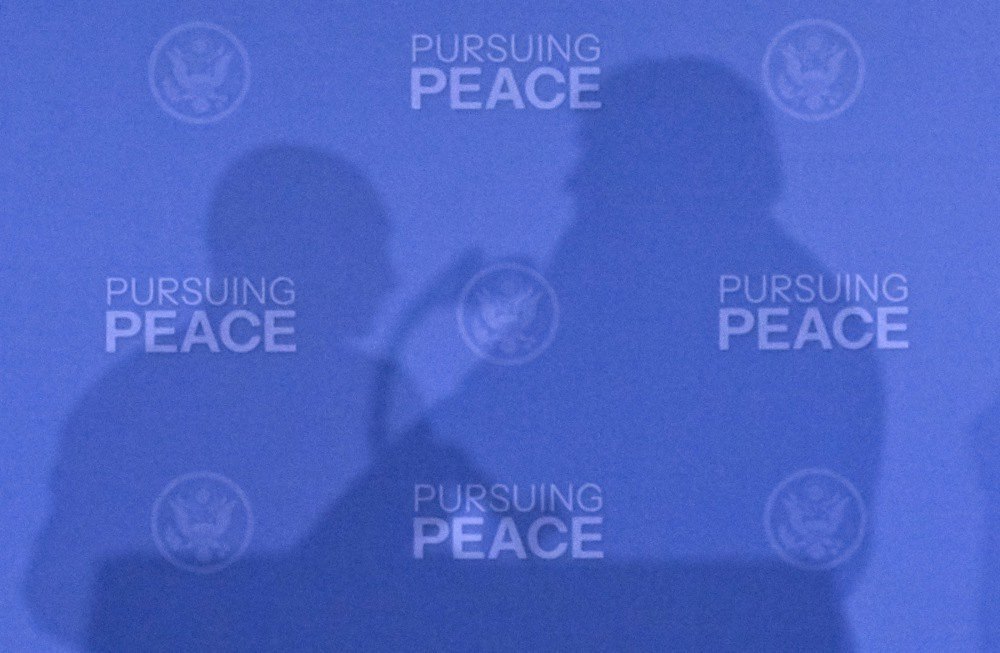
If it comes down to the question, ‘What about Ukraine? What are we going to do about it?’ Russia will say: ‘Our position is clear. We want these regions. We want Ukraine to withdraw its forces from the territories we have not yet taken by force. They must be incorporated into Russia. We want Ukraine to be neutral. We want a UN resolution that stipulates Ukraine will never become a member of NATO. We want Chinese representatives on the front line to ensure those conditions are enforced.’ And, of course, there will be additional demands.
Russia might agree to a token European presence in Lviv — which has never been a priority target for Russia. But overall it will be a hard, coercive negotiation, and the best preparation for it is to keep Ukraine succeeding on the battlefield: repelling Russian attacks and stopping infiltration attempts.
I must say, it’s very striking how, over the past few weeks — even the past two months — Ukrainian forces, despite the enemy’s numerical advantage, have maintained tactical initiative around Pokrovsk and elsewhere. They use assault groups to destroy Russian penetration teams, neutralise them, and in some cases even halt advances of Russian armoured columns — and that’s just in the last few days.
Ukrainian forces are dynamic and evolving. They are far stronger than they were at the start of the war. I believe efforts to build a structured, professional army are moving forward and will yield even greater benefits. Of course many issues still need to be addressed — logistics, training, manpower, and so on. But the best way to prepare for Budapest is to win on the front.
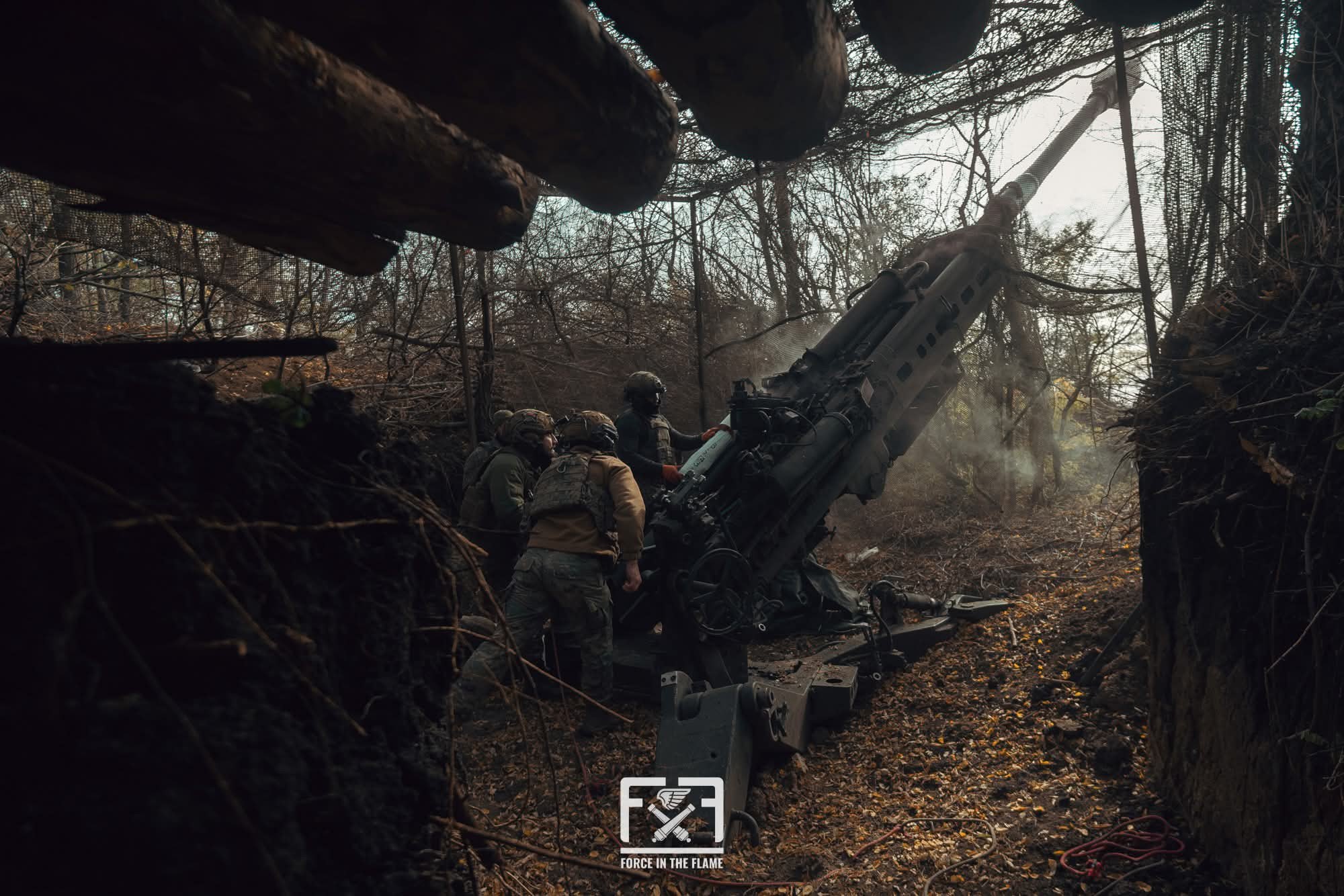
“I don’t think the US has some ‘magic weapon’ that can radically change the situation.”
Let’s talk about weapons. President Zelenskyy has requested Tomahawk cruise missiles from the United States. They have not been provided so far — but in your view, what would change on the battlefield if such weapons were supplied?
Yes, that question is already being discussed. I don’t know what decision will be made. From what I’ve read, I would be surprised if President Trump agreed to supply Tomahawks (conversation with General Clark took place before the meeting between Volodymyr Zelenskyy and Donald Trump — ed.).
Why would you be surprised? What, in your view, could change Trump’s position? What might influence him?
I think President Trump looks at the situation strategically — in terms of how to influence Putin. Bluffing and threats are part of his approach. But direct military confrontation with Russia is not.
So even if he theoretically agreed to provide Tomahawks, there would still be several steps: transferring launchers, training, selecting targets. Ultimately, the US would retain the right to approve each target.
To date, several thousand Tomahawks have been produced and used. How many would Ukraine receive? 200? 400? Maybe. Or perhaps fewer. Moreover, Ukraine is already developing its own long-range cruise missile. According to media reports it is already in use — it has roughly the same range and warhead as the Tomahawk. So while US deliveries would have tactical value, whether they would be strategically decisive is another question.
Here’s what matters about Ukraine’s position: when people in the United States talk about strikes deep into the enemy rear, they often recall the Second World War, when American bombers flew over Germany. But that campaign was relatively limited in effectiveness and was not decisive. You cannot compare the current Russo-Ukrainian war with the Second World War. Allied bombing of Germany was time-limited. By contrast, Ukraine’s destruction of Russian refineries and logistics hubs faces no such temporal limit.
Even if you destroyed 20% of Russia’s refineries, that wouldn’t make Russia say, “Okay, we’ve lost 20% of our refineries — we surrender.” No, they will repair them. How long repairs take depends on the damage. If you just blow up storage tanks, maybe two months. If you destroy a critical component, it could take four months until China supplies a replacement, and then the plant would run again.
So if Ukraine can knock out 10% of refineries each month, and Russia can repair 10% every two months, it’s not as simple as it sounds. To put 100% of refining infrastructure permanently out of action would be a long, hard process.
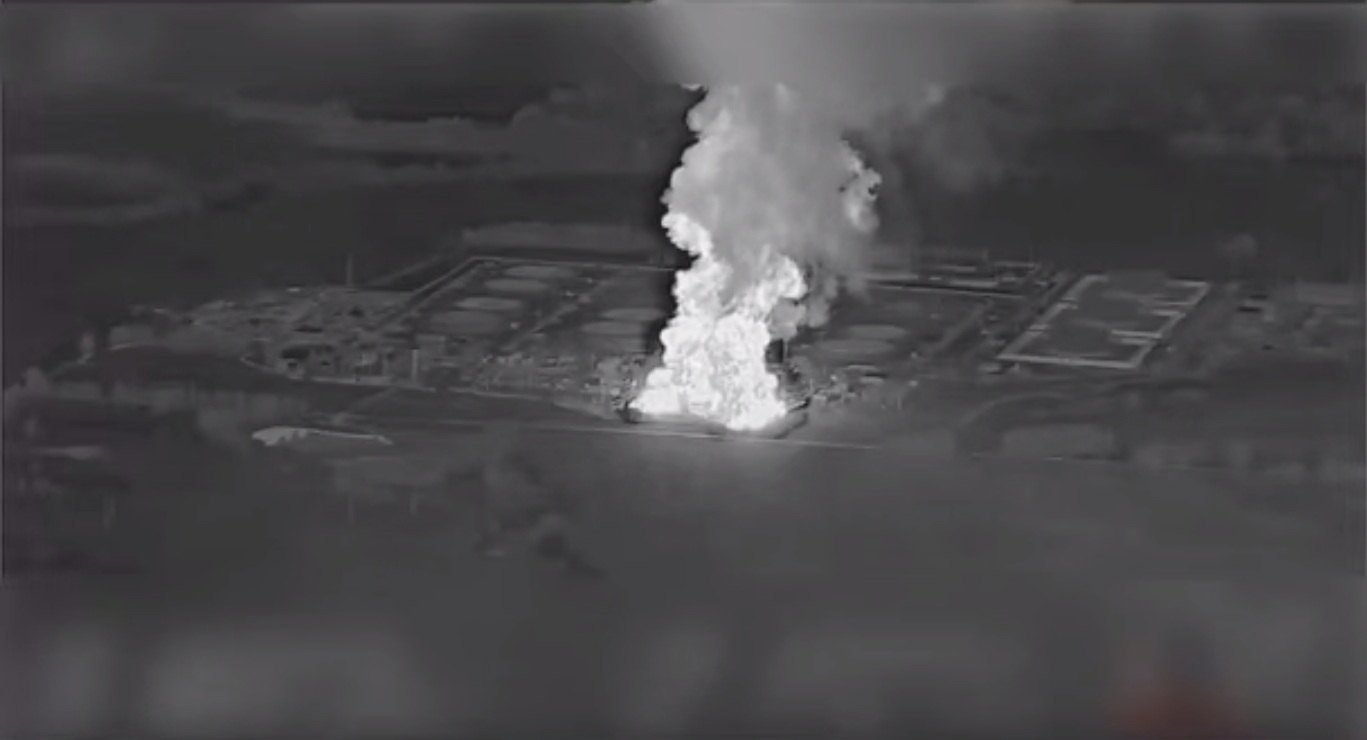
You must also understand that once Russia realises the strategic intent behind these strikes, it will start developing ways to mitigate them: stockpiling spare parts for repairs, improving air-defence, and so on.
So deep-strike operations are important. But the most crucial objectives remain: to stop and push back Russian ground forces inside Ukraine and to regain Crimea.
What weapons could the U.S. supply that would materially strengthen Ukraine’s capabilities? Tomahawks, perhaps, or something else? There’s a difference between what we want and what we might realistically receive.
The United States has technologies and it is learning from the Ukrainian battlefield. For example, some of the early Excalibur GPS-guided shells did not work reliably — Russia’s electronic-warfare systems proved powerful. Can the U.S. help Ukraine with more effective EW (electronic warfare) capabilities? Perhaps. But Ukraine is on the front line. It has skilled radio engineers. There’s no reason to assume Ukraine cannot develop technologies faster than engineers in California.
Ukraine needs microchips, computing power, intelligence and, fundamentally, funding to pull all of this together — its economy has been severely damaged.
I don’t think the U.S. has a single “magic weapon” that can radically change the situation.
Tanks exist, but until Ukraine modifies M1 Abrams tanks to its conditions, they are not especially effective in this war. They are useful, but until we add inertial navigation to them, some may be thrown off course by Russian GPS jamming.
155 mm artillery rounds are critically important. Ukraine needs more of those. Ukraine must not run out of artillery. Armour and APCs (armoured personnel carriers) — you produce some already; we can help with larger numbers.
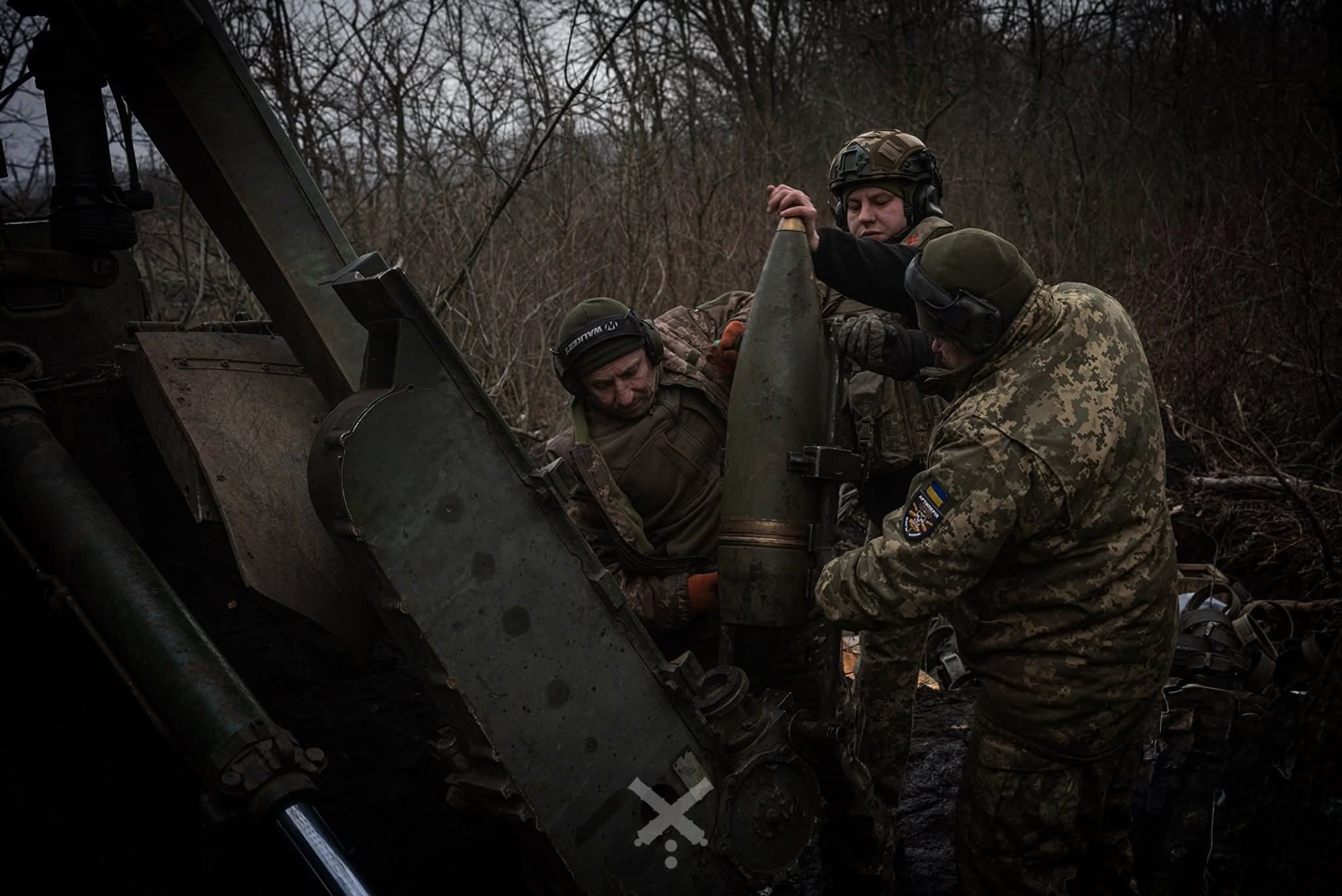
But there is no “super-weapon.” The best weapon is the soldier’s mind, leadership, and the transformation of Ukraine’s officer corps from Soviet thinking to a contemporary Western model.
I’ll give an example: in 1995 I was in Moscow observing exercises. I was told: “The infantryman does not need training. When needed, we call them, they come to a crossroads in Moscow, we give them a rifle — and off they go.” That’s the exact opposite of U.S. doctrine formed from the Second World War, Korea and Vietnam: battles can be lost from the top, but are won from the bottom.
Today Ukraine is winning because its soldiers are better educated, more technologically prepared, more motivated and more capable than the Russians. Russian forces practice so-called “meat attacks” — they simply throw massed troops into assaults. That does not work.
When Ukraine’s officer corps began to grasp NATO approaches based on training and individual initiative, things improved dramatically. I think in the months ahead this will penetrate deeper into the army’s structure. I’m not criticising the Armed Forces of Ukraine — they have achieved the incredible. But there is always room to grow, particularly in strengthening initiative at the lowest levels.
I have heard of General Syrskyy’s idea to create assault groups as a separate branch of service.
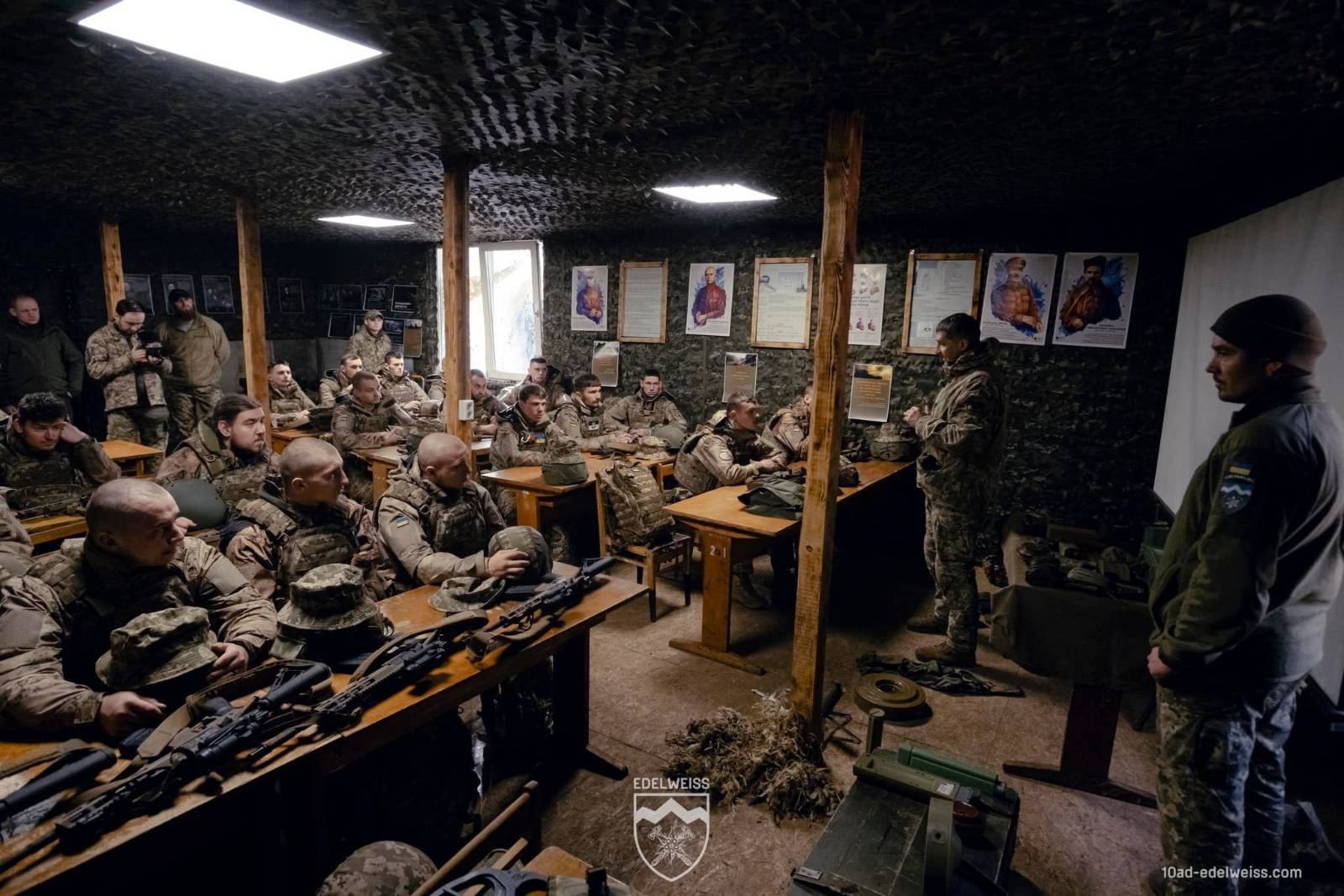
We were just about to ask about that. How do you assess the idea?
It’s hugely important to have combat reserves ready to counterattack — units you can quickly throw at a breach or an infiltration attempt. They need appropriate equipment, firepower, training and motivation. Crucially, after an operation they must withdraw to recuperate so they can be redeployed to another hot spot.
This is critically important in a conflict like Ukraine’s, with a broad but relatively stable front line. In the First World War such a concept would have been impossible because of the lack of rapid communications, vehicles and roads.
Today information moves instantly. With modern technology, assault groups can react quickly to a threat, eliminate it and move on. I believe this is an essential innovation for this war.
So you think these forces can be effective?
Yes.
If I understand correctly, do you keep in touch with General Syrskyy?
I spoke with General Syrskyy a few months ago. We discussed how to restore control over territories, but at that time the plan was not yet ready for implementation.
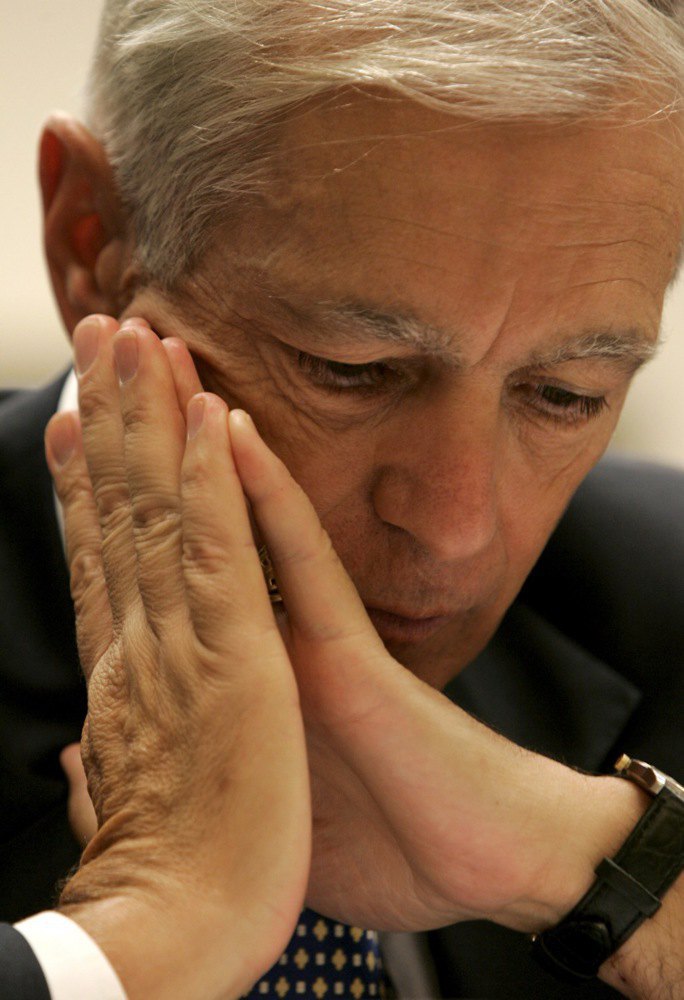
“I think we should expect Russia to try to mass forces for a larger offensive in the coming weeks.”
The Russian summer offensive did not bring Moscow the results it expected. So what should we expect on the front in winter? What should Ukraine prepare for?
I think President Putin is growing increasingly impatient. I believe he will try to throw even more forces into the fight. That’s why it is absolutely vital to prevent Russia from being able to mount a massed offensive. This is where creating a 10‑kilometre “kill‑zone” for drones becomes critical for Ukraine. That really matters. And to build that you need not only drones but also artillery, minefields and protection for your own lines of communication — which, as I’ve seen, is being reinforced with barbed wire and nets over roads.
A lot of innovation is happening in Ukraine, and it’s genuinely impressive how the army is adapting. But I would expect Russia, over the next few weeks, to try to concentrate forces for a bigger push. The task is to get ahead of that concentration — find those forces while they’re still assembling and destroy them before they have a chance to break through.
Former Commander‑in‑Chief Valeriy Zaluzhnyy said Ukrainian and Russian forces are stuck in a positional stalemate resembling the First World War. Do you agree — and if so, do you see a way out?
As I said earlier, it’s not a static war. Both sides are trying to break out of that stalemate. For Ukraine it’s important to strike deep into Russian territory to cause disruption and economic instability. But what will be decisive is what happens on the battlefield itself.
If you look back to the First World War, there were constant attempts at breakthrough and the gradual arrival of new technologies: massed artillery, counter‑battery fire, aviation, early bombing, tanks, chemical weapons, radio. A front that looks ‘dead’ in fact breeds technological innovation — and that’s exactly what we’re seeing now in Ukraine.
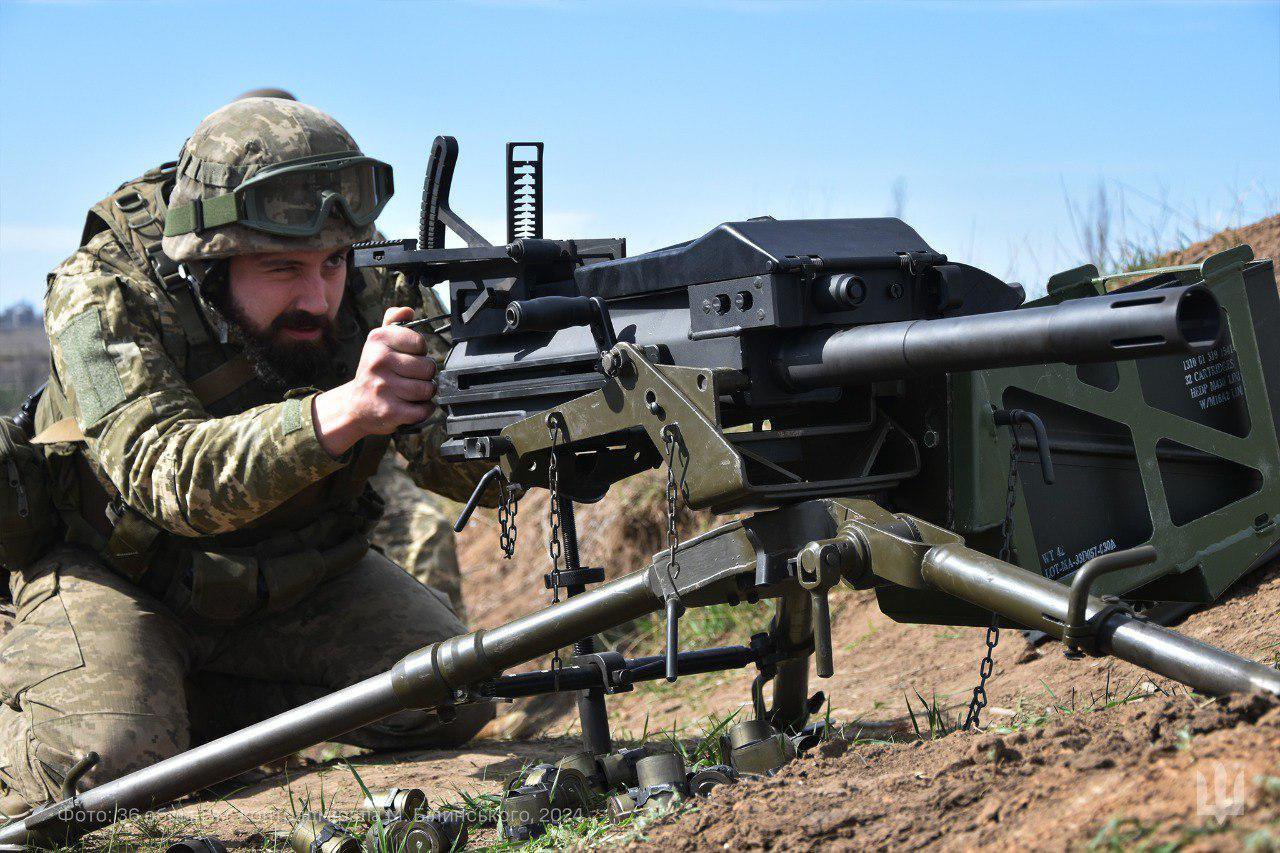
What will help change the situation? I believe it’s organising the Ukrainian Armed Forces at the corps level so that individual soldiers’ actions are multiplied by combat multipliers. If you recall the 2023 counteroffensive, some brigades tried to break the southern defences but didn’t succeed…
Sorry to interrupt — I know you supported a counteroffensive in 2023 but not the scenario that actually played out. Can you explain a bit more?
In 2023, Ukraine — and Ukraine knows this better than we in the West — didn’t receive promised weapons in time. Some ammunition never arrived; equipment that was sent didn’t work properly. Training didn’t match the tasks on the ground. Mobility questions — how to breach minefields, “dragon’s teeth” and other obstacles — were not fully solved. So the offensive wasn’t completely prepared.
If you compare it with the Allied invasion of France in 1944, that operation was painstakingly prepared: reconnaissance, new technologies, rehearsals, air concentration — everything designed to break through at a narrow point. That level of preparation didn’t happen in Ukraine in 2023. Yes, new equipment arrived — the Bradleys, for example, made a strong impression — but at brigade level the preparation wasn’t sufficient to achieve the objective.
That doesn’t mean it can’t happen in the future.
Are there chances of a new counteroffensive soon?
Yes — the potential exists — but… troops must be painstakingly prepared, details must be worked through, and crucially the counteroffensive must produce a military result, not merely a political one.
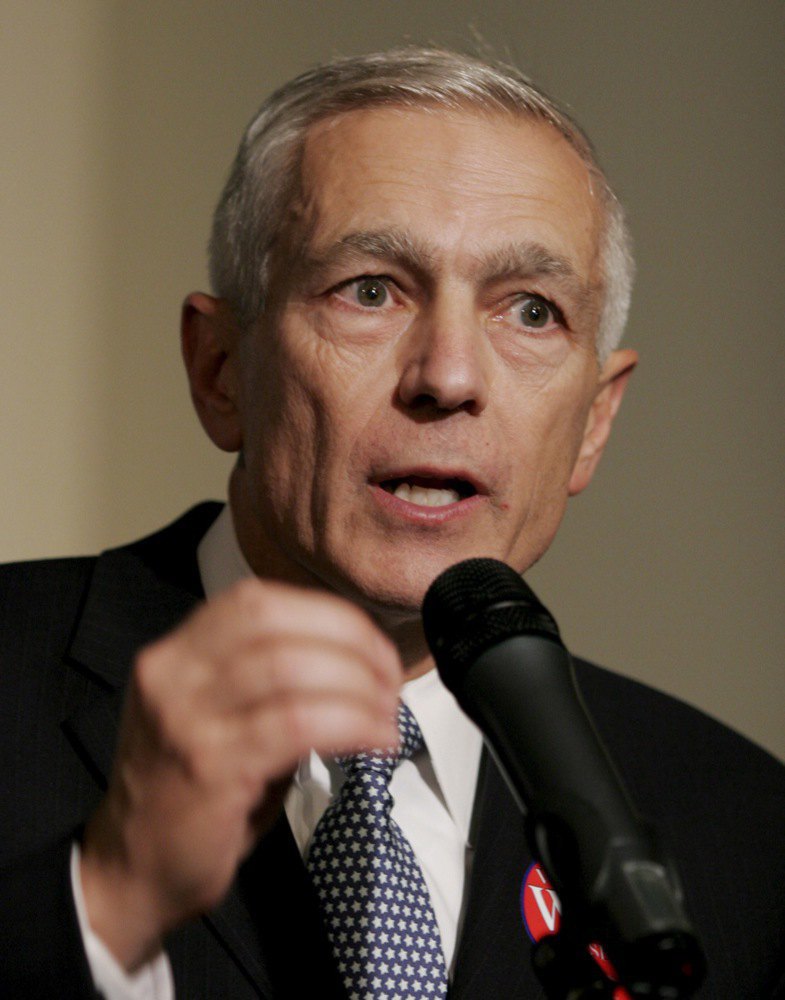
How should NATO react to Russia’s hybrid attacks on Alliance members? Is the current response adequate?
First of all, the so‑called “shadow fleet” of tankers must be stopped, inspected and cleaned out. Every tanker leaving a Russian port in the Baltic should be checked.
Drones used in attacks must be shot down. I would like NATO countries to help Ukraine protect its airspace west of the Dnipro. If drone attacks continue, that is the logical next step.
Counter‑intelligence inside European countries must be strengthened to prevent the sabotage operations Russia organises.
U.S. forces in Europe matter decisively for the continent’s security, especially against hybrid aggression. But are the United States ready to be a reliable partner now? Some statements by President Trump create doubts.
I think the fact that Putin has not dared to challenge NATO directly shows that deterrence is working.
Do you think Russia will escalate further against NATO’s eastern flank, especially the Baltic states?
Russia will only act when it sees conditions that give it a hope of success — for example, a deeper split between the “new” and “old” Europe or diplomatic isolation of the Baltic states. But Finland and Sweden joining the Alliance significantly strengthened defence and deterrence in the Baltic region.
Russia will always be a threat by nature. But Putin will not act unless he sees a chance of success. Right now, in my view, he does not see that chance.








